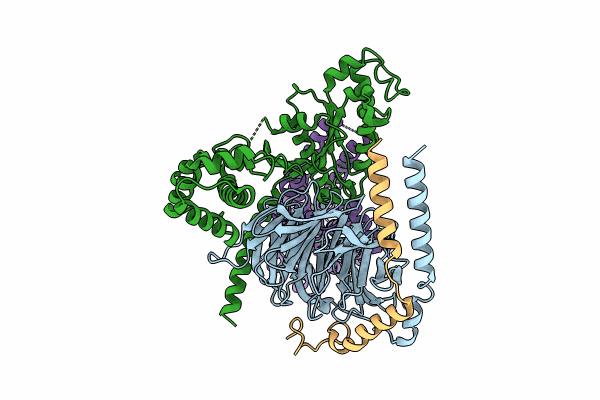
Deposition Date
2023-08-28
Release Date
2024-08-21
Last Version Date
2025-05-28
Entry Detail
PDB ID:
8U02
Keywords:
Title:
CryoEM structure of D2 dopamine receptor in complex with GoA KE mutant and dopamine
Biological Source:
Source Organism:
Homo sapiens (Taxon ID: 9606)
Host Organism:
Method Details:
Experimental Method:
Resolution:
3.28 Å
Aggregation State:
PARTICLE
Reconstruction Method:
SINGLE PARTICLE


